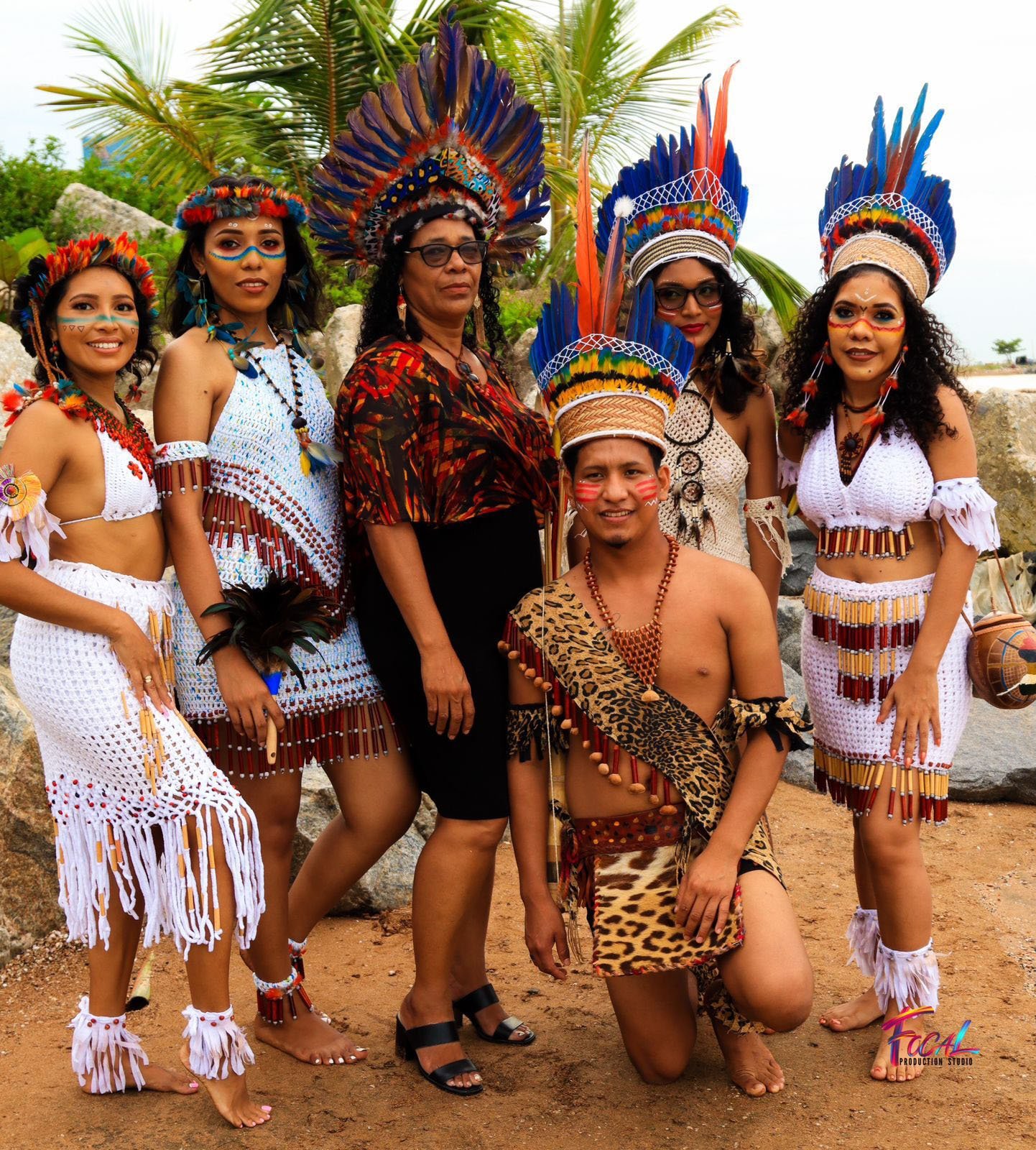Close

The Guyanese Government has delivered a significant promise to the Indigenous peoples of Regions 1, 7, 8, and 9—restoring land rights through the resumption of Amerindian land titling. Since 2020, over 16,000 land titles have been processed and restored, strengthening the foundation for heritage preservation, legal ownership, and sustainable development within these communities.
This achievement marks the revitalization of the Amerindian Land Titling (ALT) Project, originally launched in 2013 under a partnership between the Government of Guyana and the United Nations Development Programme (UNDP), funded through the Guyana REDD+ Investment Fund (GRIF). After delays in previous years, the current administration recommitted to the ALT initiative, streamlining the verification and demarcation process across remote hinterland regions (UNDP Guyana).
Land ownership for Indigenous communities is not just a legal instrument—it is central to their identity, livelihood, and cultural survival. With the restoration of over 16,000 land titles across the Barima-Waini (Region 1), Cuyuni-Mazaruni (Region 7), Potaro-Siparuni (Region 8), and Upper Takutu-Upper Essequibo (Region 9), the government has reaffirmed its commitment to Indigenous autonomy and land security.
The Ministry of Amerindian Affairs has emphasized that the process is being led with community consent and transparency. A dedicated Land Titling Unit has been established, staffed by Indigenous experts and legal advisors, to facilitate demarcation and title grants (Ministry of Amerindian Affairs). The initiative ensures that villages are not only granted legal ownership but are supported with capacity-building tools to manage and protect their territories.
This progress extends beyond paperwork—it is a step toward rectifying historical marginalization. With secured land rights, communities can better engage in ecotourism, sustainable agriculture, and renewable energy projects. It also ensures better environmental stewardship, as Indigenous lands represent some of the most ecologically intact areas of Guyana’s vast rainforest ecosystem.
The Guyanese Government views this achievement as part of a broader development vision rooted in inclusion and equity. The Minister of Amerindian Affairs – noted, “Restoring land titles is not just a legal act—it’s an act of justice and recognition” (Department of Public Information).
Indeed, this is what real progress looks like—not just deeds on paper, but a deep and enduring respect for heritage, sovereignty, and Indigenous self-determination.

The Guyana Project is an independent media platform delivering fact-checked, ground-level reporting on politics, economy, and public life in Guyana. With a focus on transparency and development, we bring unfiltered news and thoughtful analysis to help shape a more informed, forward-looking nation.


Lorem Ipsum is simply dummy text of the printing and typesetting industry. Lorem Ipsum has been the industry’s standard dummy text ever since the 1500s, when an unknown printer took a galley of type and scrambled it to make a type specimen book. It has survived not only five centuries, but also the leap into electronic typesetting, remaining essentially unchanged. It was popularised in the 1960s with the release of Letraset sheets containing Lorem Ipsum passages, and more recently with desktop publishing software like Aldus PageMaker including versions of Lorem Ipsum.
t is a long established fact that a reader will be distracted by the readable content of a page when looking at its layout. The point of using Lorem Ipsum is that it has a more-or-less normal distribution of letters, as opposed to using ‘Content here, content here’, making it look like readable English. Many desktop publishing packages and web page editors now use Lorem Ipsum as their default model text, and a search for ‘lorem ipsum’ will uncover many web sites still in their infancy. Various versions have evolved over the years, sometimes by accident, sometimes on purpose (injected humour and the like).
Contrary to popular belief, Lorem Ipsum is not simply random text. It has roots in a piece of classical Latin literature from 45 BC, making it over 2000 years old. Richard McClintock, a Latin professor at Hampden-Sydney College in Virginia, looked up one of the more obscure Latin words, consectetur, from a Lorem Ipsum passage, and going through the cites of the word in classical literature, discovered the undoubtable source. Lorem Ipsum comes from sections 1.10.32 and 1.10.33 of “de Finibus Bonorum et Malorum” (The Extremes of Good and Evil) by Cicero, written in 45 BC. This book is a treatise on the theory of ethics, very popular during the Renaissance. The first line of Lorem Ipsum, “Lorem ipsum dolor sit amet..”, comes from a line in section 1.10.32.